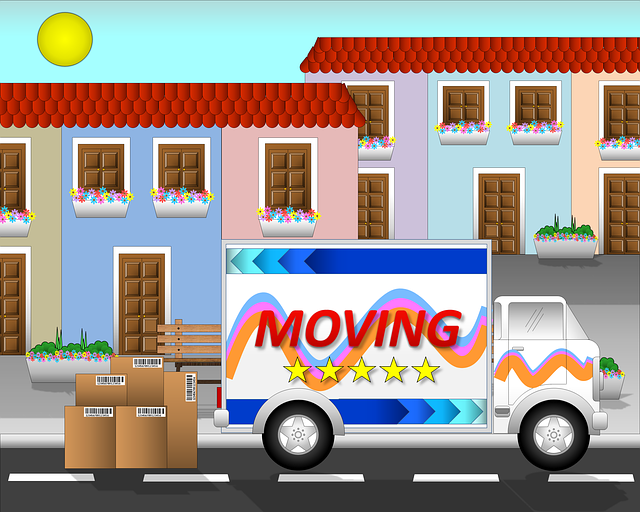VA Primary Care

The Department of Veterans Affairs offers veteran disability benefits and healthcare services to millions of veterans, and primary care is the starting point for most of them. The goal is to provide consistent, coordinated care that looks at a person’s complete health needs.
According to VA.gov, the VA primary care program is designed to offer “…long-term, patient-provider relationships, coordinates care across a spectrum of health services, educates, and offers disease prevention programs. Primary Care now serves as the foundation of VHA health care and became the first point of contact with the health care system for Veterans enrolled in Veterans Health Administration (VHA).”
VA.gov also states that its primary care program is responsible for “VHA’s patient-centered medical home model, the Patient Aligned Care Team (PACT). VA Primary Care honors America’s Veterans by providing quality and accessible primary care to all Veterans through PACT, placing the Veteran at the center of their health care team.”
The Patient Aligned Care Team (PACT)
What is the VA Patient Aligned Care Team, or PACT? This is a care plan offered to every veteran who is qualified for VA primary care. PACT involves a team that works with patients to manage their health. The veteran is always at the center of the team.
A primary care provider (a doctor, nurse practitioner, or physician assistant)oversees the veteran’s care. A nurse care manager helps develop and follow through on health plans, which is especially important for chronic conditions. A clinical associate handles routine tasks like taking vital signs, and an administrative clerk takes care of scheduling and records.
The PACT is designed for whole-person care, meaning the team looks at everything that affects a veteran’s health, from physical issues to social and emotional needs. Good communication holds the team together.
They meet regularly to discuss the veteran’s progress and ensure their efforts are aligned. The veteran is part of these conversations and helps make decisions. If a specialist is needed, the PACT brings them in. Professionals like dietitians, social workers, and pharmacists can join the team to address specific issues, making sure the care is seamless.
Scope of Services
PACTs provide regular screenings for conditions like cancer, diabetes, and high blood pressure, and they administer flu shots and other immunizations. The team also works with veterans on lifestyle changes, offering advice on nutrition, exercise, and how to quit smoking.
When a veteran has a chronic health issue, their PACT manages it. The team helps the veteran understand their condition and gives them the tools to keep it under control through check-ups, medication management, and education. For any new health problem, the primary care provider is the first person to see for a diagnosis and treatment plan. They can handle many common illnesses and injuries right in the clinic.
When veterans need specialized treatment, the PACT coordinates the referral. The provider connects the veteran to the right specialist and remains in the process for the entire scope of care, sharing information between the specialist and the primary care team.
The team also handles follow-up care, working the specialist’s advice into the veteran’s main treatment plan.
Integration of Mental Health and Wellness
The VA understands that physical and mental health are linked. The Primary Care-Mental Health Integration (PC-MHI) program brings mental health services directly into the primary care setting. Psychologists and social workers are placed in the clinics, where they work side-by-side with the PACTs. This setup makes it much easier for veterans to get mental health support.
If a veteran brings up a concern about stress, depression, or substance use during a visit, their provider can make an immediate introduction to a PC-MHI team member. The PC-MHI provider can offer short-term counseling, help the veteran build coping skills, or connect them to more intensive treatment if necessary.
Beyond mental health, primary care also connects veterans to wellness programs. The VA MOVE! program helps veterans lose weight and build healthier habits through better nutrition and more physical activity. It’s a lifestyle program, not just a diet.
Veterans can join group sessions, get one-on-one counseling from dietitians, and work with their PACT to reach their weight goals.
Specialized Care and Access
The VA’s primary care system is set up to meet the needs of different veteran groups.
VA medical centers feature providers who specialize in women’s health. They offer a full range of services, including cervical cancer screenings, breast exams, mammograms, and birth control. Each VA facility also has a Women Veterans Program Manager who advocates for women veterans and helps them get the services and VA veteran benefits they’ve earned.
Technology is also a significant factor in making care more accessible. The VA uses telehealth to connect veterans with their care teams from a distance. Through a secure app called VA Video Connect, veterans can have video appointments with their providers using a computer or smartphone.
Remote monitoring is another telehealth tool. For veterans with chronic conditions, the VA can provide devices that track health data like blood pressure or blood sugar from home. The information goes directly to their PACT, so the team can keep a close eye on their condition and act fast if there’s a problem. Veterans can also use a secure messaging system to ask questions or request prescription refills.
Related: 5 Tips for Applying for VA Disability Benefits
About the author
Editor-in-Chief Joe Wallace is a 13-year veteran of the United States Air Force and a former reporter/editor for Air Force Television News and the Pentagon Channel. His freelance work includes contract work for Motorola, VALoans.com, and Credit Karma. He is co-founder of Dim Art House in Springfield, Illinois, and spends his non-writing time as an abstract painter, independent publisher, and occasional filmmaker.


